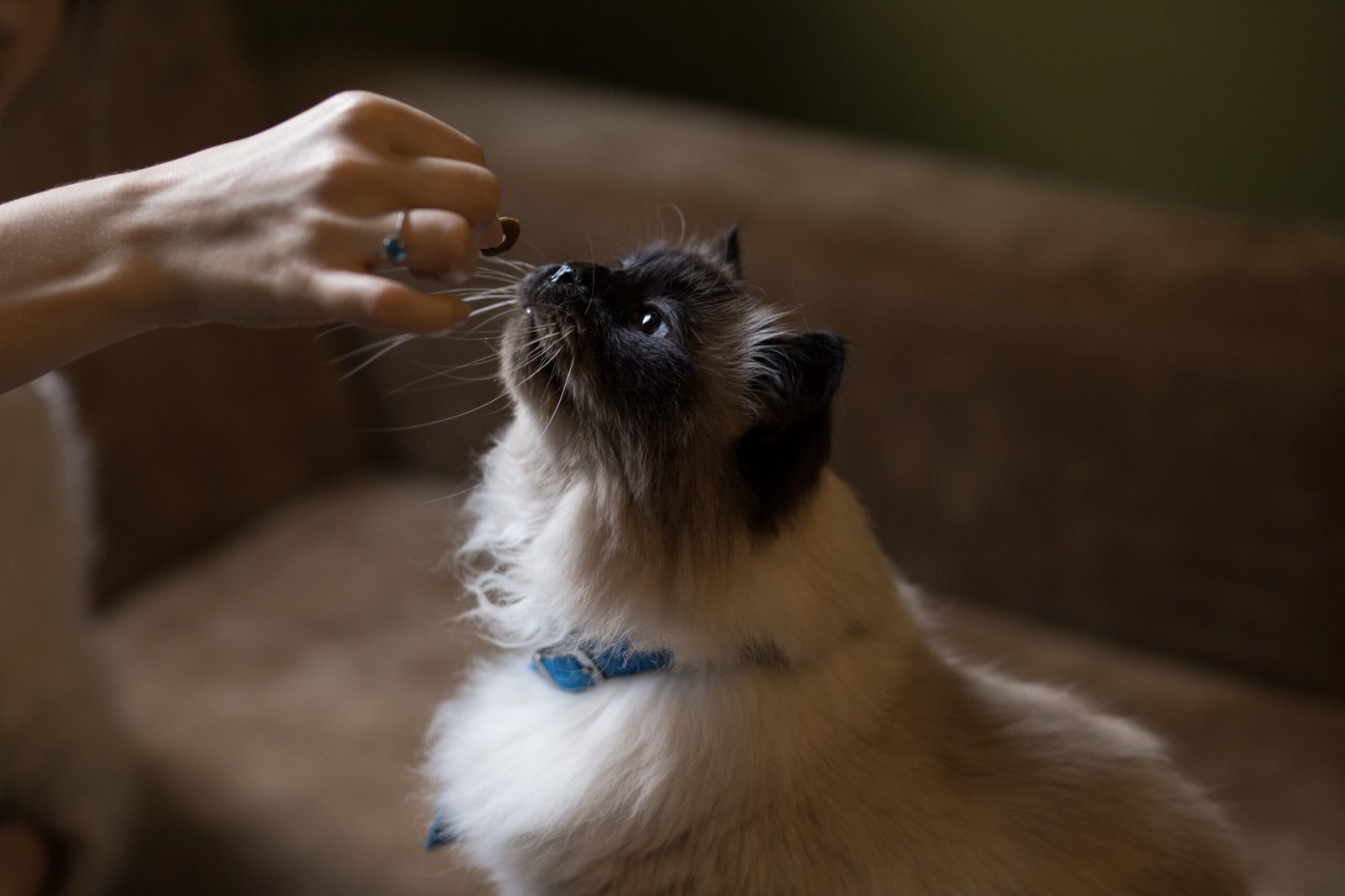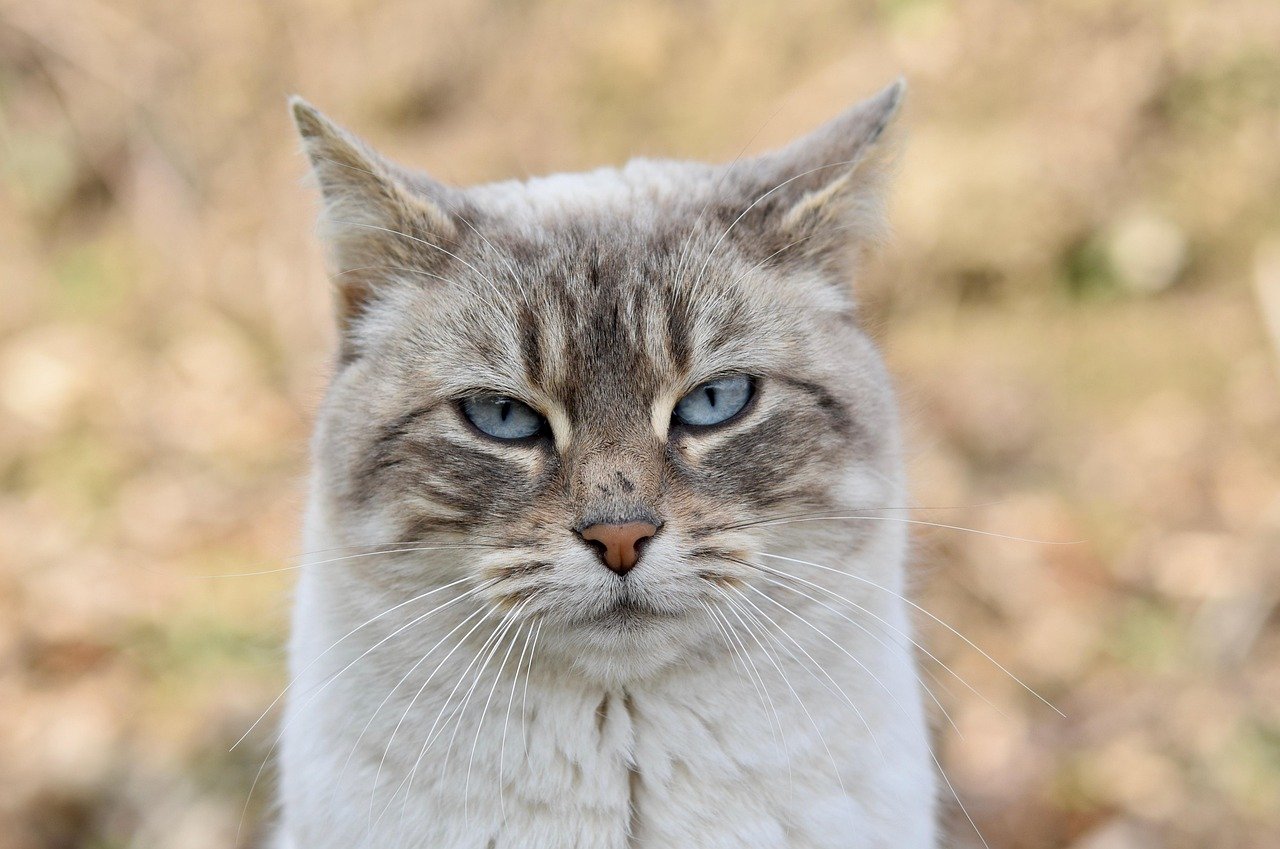Have you ever watched your cat ignore a fresh bowl of food and wondered, “Just how long could they keep this up?” It’s a question that tugs at the heartstrings of every devoted cat parent. The truth is, cats are mysterious and resilient, but their beautiful independence can sometimes work against them. Understanding how long a cat can go without food isn’t just curiosity—it’s crucial for their health and happiness. Let’s explore the facts, risks, and surprising truths behind feline fasting, and discover what every cat lover needs to know.
The Importance of Regular Feeding for Cats
Cats are known for their independence and selective appetites, but when your feline friend suddenly stops eating, it’s natural to worry. Whether due to illness, stress, or environmental changes, a cat’s refusal to eat can quickly become serious.
Unlike some other pets, cats are not natural fasters. Their bodies are finely tuned to eat small, frequent meals throughout the day, closely mirroring their wild ancestors who hunted often. When a cat skips meals, even for a short period, it can disrupt their entire system. Cats rely on consistent nutrition to keep their organs, immune system, and energy levels balanced. Without enough food, their bodies start using stored fat for energy, which can quickly lead to health problems. This is especially true for indoor cats, who don’t have the chance to hunt or forage. Regular feeding is more than a routine—it’s a lifeline for your furry friend.
What Happens When Cats Stop Eating?
When a cat stops eating, the effects can be alarming and fast. Within just 24 hours, you might notice changes in their behavior—less playfulness, more hiding, and a lack of interest in things they once loved. As the hours pass, their energy wanes and their body begins to break down fat stores for fuel. But unlike humans or even dogs, cats’ livers aren’t built to handle this process for long. If they go without food for more than 48 hours, the risk of serious complications rises sharply. Owners should be alert for warning signs like lethargy, vomiting, or yellowing of the eyes and gums, all of which point to trouble brewing inside.
How Long Can a Healthy Cat Survive Without Food?
A healthy adult cat might survive for about a week without food, but that doesn’t mean it’s safe. Most veterinarians agree that even three days without nutrition can lead to life-threatening conditions. Cats are especially prone to hepatic lipidosis, also known as fatty liver disease, when they don’t eat. This can start developing after just a couple of days without food. So while a cat may physically survive for several days, every hour without eating increases the risk of permanent organ damage. That’s why any loss of appetite lasting more than 24 hours should be treated as a medical emergency.
Risks of Prolonged Fasting in Cats
The dangers of not eating go far beyond hunger pangs. When a cat fasts for too long, the fat that the body starts to burn can overwhelm the liver, leading to hepatic lipidosis. This is a painful and potentially fatal condition that is very difficult to reverse. Older cats, kittens, and those with underlying health issues are at even greater risk. Dehydration can set in quickly, compounding the dangers and making recovery harder. It’s a situation that can spiral out of control, leaving even the strongest cats in a fragile state. The emotional toll on owners is just as heavy, watching a beloved pet suffer from something as basic as not eating.
Cats With Medical Conditions: Even Shorter Timeframes

For cats already battling illnesses such as diabetes, kidney disease, or thyroid problems, the clock ticks even faster. These cats have special dietary needs and a much lower threshold for fasting. Missing even one meal can cause dangerous shifts in blood sugar or exacerbate their existing conditions. Kittens, too, are extremely vulnerable and can’t go without food for more than 12-24 hours before facing serious risks. Owners of cats with health conditions must be especially vigilant and seek immediate help if their pets show any signs of losing interest in food.
Why Do Cats Refuse Food?

There are countless reasons why a cat might turn up its nose at dinner. Sometimes it’s as simple as a new brand of kibble or a bowl that hasn’t been cleaned. But it can also signal something much deeper—a dental problem, stress, infection, or even a hidden injury. Cats are masters at hiding pain, and a sudden refusal to eat is often their way of waving a red flag. Emotional triggers like a new pet in the house, changes in routine, or even loud noises can also send sensitive cats into a hunger strike. Understanding your cat’s unique habits can help you spot trouble before it becomes serious.
Dehydration: The Twin Threat
Going without food is dangerous enough, but dehydration can make things much worse. Cats are notorious for not drinking enough water, and when they stop eating, they lose a major source of hydration. Signs of dehydration include sunken eyes, dry gums, and skin that doesn’t spring back when gently pinched. Dehydration can cause organs to fail even faster than starvation. It’s a silent threat that can quickly turn a minor problem into a life-threatening emergency. That’s why watching both food and water intake is critical for every cat owner.
How to Encourage Your Cat to Eat
If your cat starts skipping meals, don’t panic—there are gentle ways to coax them back to the bowl. Try offering their favorite wet food or warming it up slightly to release the aroma. Sometimes, a sprinkle of tuna juice or a bit of plain cooked chicken can tempt even the pickiest eater. Make sure their feeding area is quiet and stress-free, away from noisy appliances or busy foot traffic. Cleaning their bowl and offering fresh water can also make a difference. If your cat still refuses to eat after trying these tricks, it’s time to get in touch with your vet.
When to Seek Veterinary Help
Any cat that hasn’t eaten for more than 24 hours needs a professional assessment. Waiting longer only increases the risk of severe complications. Your veterinarian can check for underlying causes, run blood tests, and provide supportive treatments like fluids or appetite stimulants. Sometimes, the problem is easy to fix, but in other cases, immediate intervention is the only way to save your cat’s life. Trust your instincts—if something feels off, don’t wait. Acting quickly can make all the difference in your cat’s recovery.
Preventing Future Feeding Problems
Keeping a close eye on your cat’s eating habits is the best defense against future issues. Stick to a consistent feeding schedule and avoid sudden changes in diet. Regular vet check-ups can catch health problems before they interfere with appetite. Enrich your cat’s environment with toys, climbing spaces, and cozy spots to reduce stress, which is a common trigger for food refusal. Most importantly, stay connected to your cat—notice their moods, preferences, and quirks. A strong bond means you’ll spot trouble faster and keep your furry companion happy, healthy, and well-fed.
While cats might occasionally skip a meal, going without food for more than 24–48 hours can quickly become dangerous—especially for their liver health. Unlike some animals, cats rely on regular nutrition to maintain metabolic balance, and prolonged fasting can lead to serious conditions like hepatic lipidosis. If your cat stops eating, don’t wait it out. Early intervention can prevent long-term damage and potentially save their life. Always consult a veterinarian if your cat shows signs of appetite loss, and remember: paying attention to subtle changes can make a world of difference in your cat’s health.

Esther is from India; the heartbeat of South Asia, holding a Master’s degree in Zoology and a postgraduate diploma in Animal Welfare. Her enthusiasm for animal welfare drives her passion and dedication to working for animals, ensuring their well-being, and advocating for their rights. With a solid academic background and hands-on experience, she is committed to making a positive impact in the field of animal welfare. In her free time, she enjoys embroidery and sewing. As a Chennaite from Tamil Nadu, Esther loves Bharathanatyam, an Indian classical dance form.





